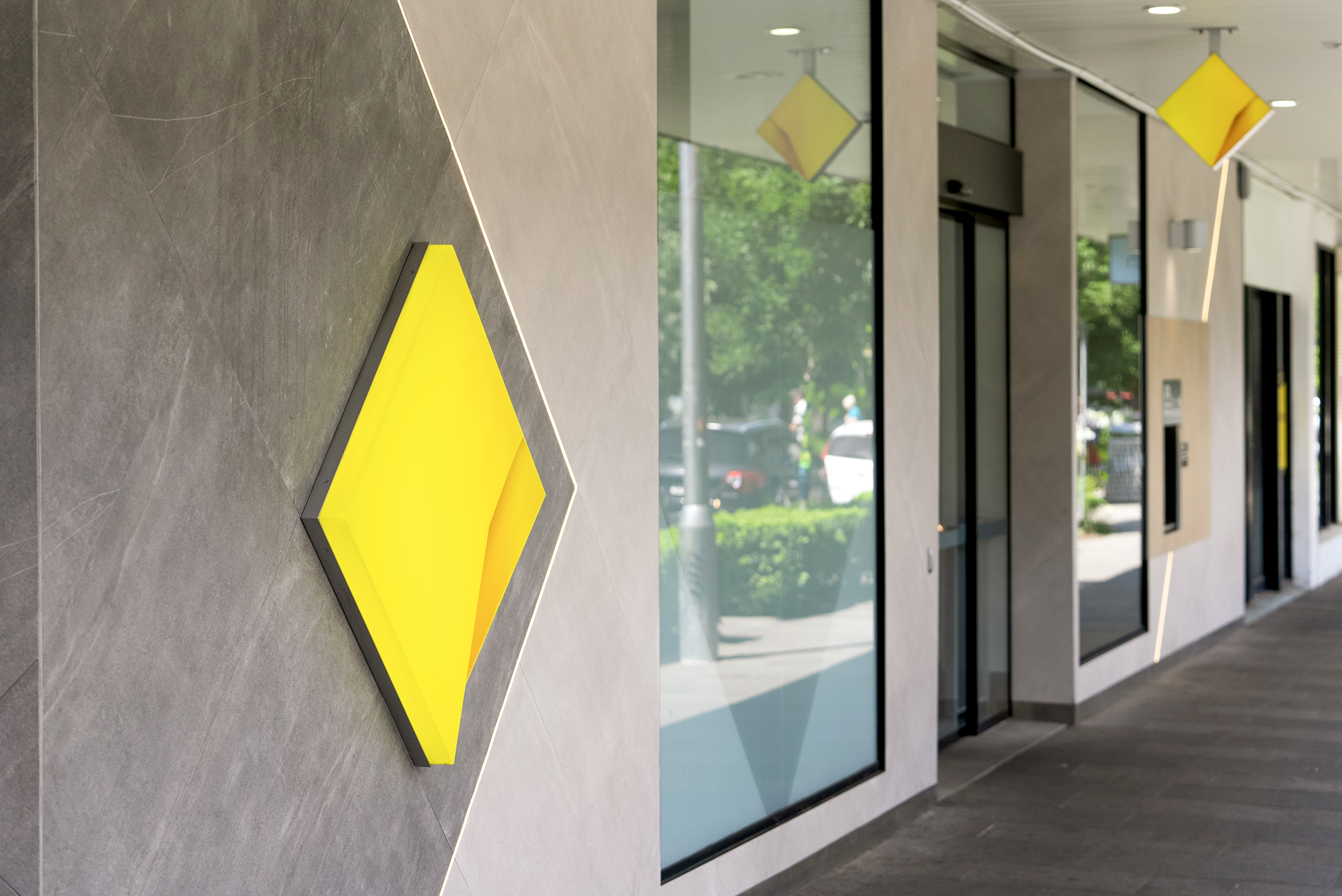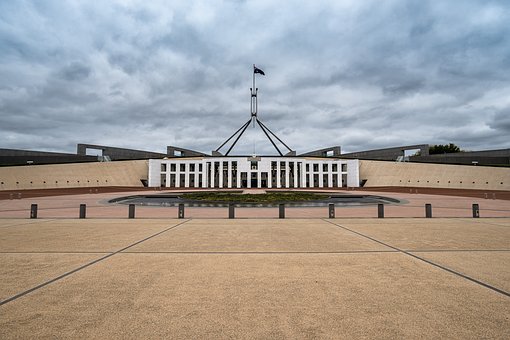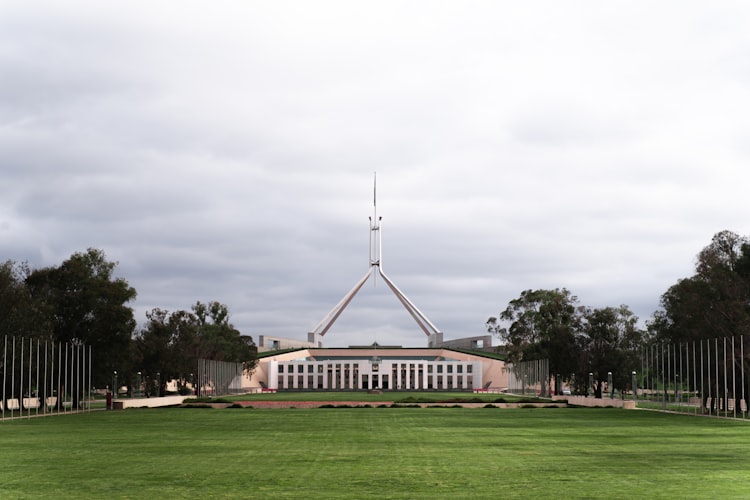
The arts and cultural activity of Aotearoa New Zealand enhances our global reputation, grows our economy and brings us fulfilment as individuals. But more could be done to realise the full economic, social and wellbeing potential of our country’s creative arts.
Author
- James Wenley
Senior Lecturer, Te Whare Ngangahau–Theatre and Performance Studies, Te Herenga Waka — Victoria University of Wellington
That is the message of , the draft creative and culture strategy released by Paul Goldsmith, the minister for arts, culture and heritage. The draft is currently out for public consultation.
Nordic countries have had cultural policy strategies , but successive New Zealand policy approaches have generally been short-term, ad hoc or lacking adequate resourcing.
Responding to calls from the creative sector to , the development of Amplify is timely and needed.
A cultural economy
The draft strategy follows the lead of Australia’s national cultural strategy, subtitled “a place for every story, a story for every place” and emphasising First Nations’ self-determination.
Goldsmith’s vision is for New Zealand to attain the status of a “global creative powerhouse”. The aim is to rank in the top 25 for culture and heritage in the global soft power index . (New Zealand currently ranks 30th.)
“Wouldn’t it also be good to see more New Zealanders actively engaging with our arts, culture and heritage and more Kiwis making a good living in the sector, driving economic growth and exports?” asks Goldsmith in the forward to Amplify.
This vision seizes upon the creative sector as a tangible means of growing the economy. The arts and creative sector than the rest of the economy, contributing NZ$16.3 billion, or 4.3% of GDP.
Amplify aims to increase this “to at least $20 billion, with a focus on exports”.
There is, however, a huge gulf between the economic value generated by the sector and the .
Positively, Amplify seeks to increase the median income of creatives, but falls short when it comes to strategies to achieve this.
The pillars, and the gaps
Amplify is built on three key pillars.
“Investing for maximum impact” offers ideas around leveraging and redirecting the government’s current investment, including partnering with Māori and Pacific creatives to grow creative exports, boosting cultural tourism, and reviewing immigration settings and visa requirements.
“Nurturing talent” focuses on supporting a “pipeline” of talent and skills development.
“Reducing barriers to growth” proposes reviewing government regulation to benefit the creative sector.
What’s missing? In emphasising economic export-driven gains, the strategy underplays the contribution arts and culture brings to individual and community .
There is promising reference to supporting “cross-portfolio outcomes”, like improved health and rehabilitation in the justice system. But the success of the strategy will be determined by the extent it gains meaningful buy-in from other government ministries.
Initiatives by the ministry of education will also be critical to support better learning outcomes and set up lifelong engagement with the arts.
Four in five New Zealand parents think arts should be an important part of , but the government , undermining the contribution arts-rich learning offers .
This is not the only mixed message between this strategy and government actions.
Amplify talks about leveraging local government funding, but the government has removed wellbeing provisions .
Amplify also seeks to partner with Māori creatives, recognising ngā toi Māori (Māori arts) as taonga/treasure (and a key strength in the global creative marketplace), but the government is .
A return on investment
But the biggest missing piece in the draft Amplify strategy is any commitment to increased resourcing and investment.
Goldsmith is clear the strategy “sets out how the government will use the existing level of its funding”.
demonstrates the incredible economic and social return generated by our live performance sector. For every $1 invested by the government or community, $3.20 is returned in value.
Researchers determined live performance enabled $17.3 billion in benefits over 12 months. Attending live performance also improved attendees’ overall wellbeing.
With a modest $75.5 million government investment in the live performance sector generating a $209 million tax take, the government makes back far more than it spends.
These social and economic benefits make a compelling case for increased investment.
Amplify’s proposed initiatives set a positive direction for the creative sector. But the strategy in its current form does not represent the game-changing transformation many creative workers would be hoping for.
Amplify is an appropriate name for the strategy, turning up the volume on activity the creative sector is already doing. But the current draft strategy lacks major new ideas, such as extending nationwide Creative Waikato’s pilot of a for artists to work in communities, or supporting ” ” to connect people with creative activities that bring enormous social benefits.
Imagine if Aotearoa New Zealand could become one of the best places in the world to be creative. Imagine if awesome arts and cultural experiences were easily accessible and available for all New Zealanders, every day. What’s your vision?
A successful cultural policy relies on .
While opportunities for the sector to feed into the drafting of the strategy have been limited, now is the chance to before December 15. Arts Action Now offer a of the policy to inform submissions.
![]()








